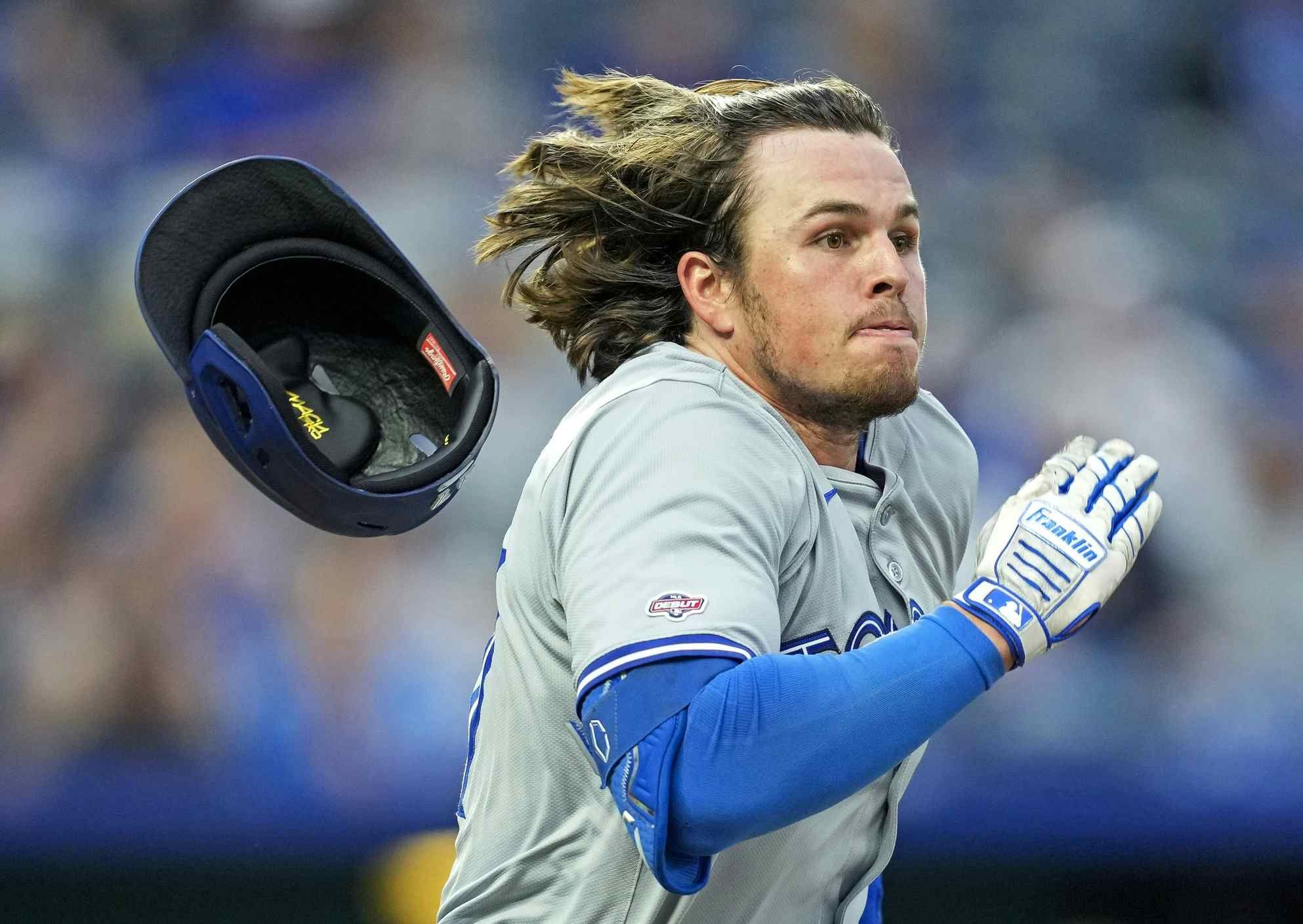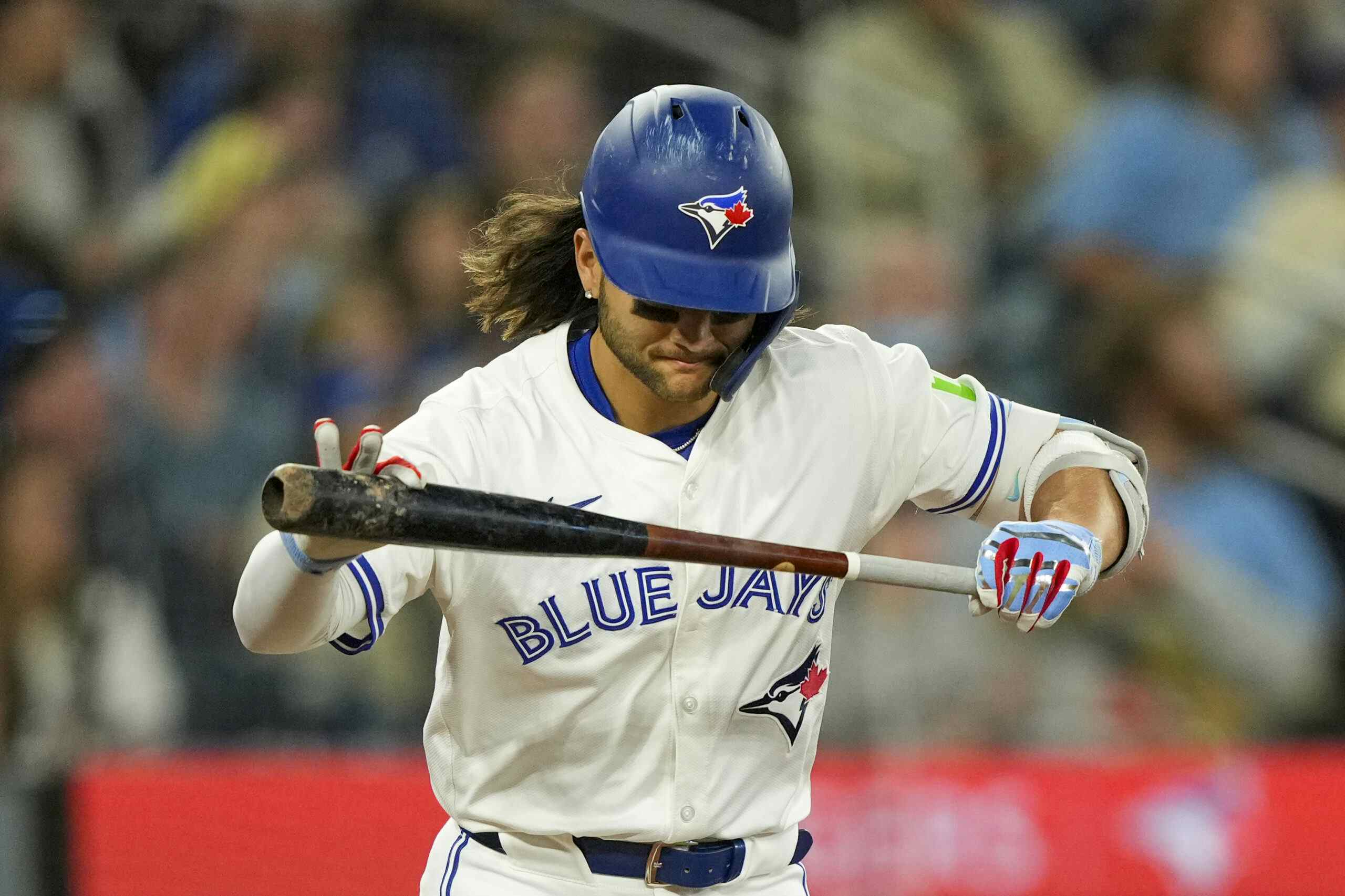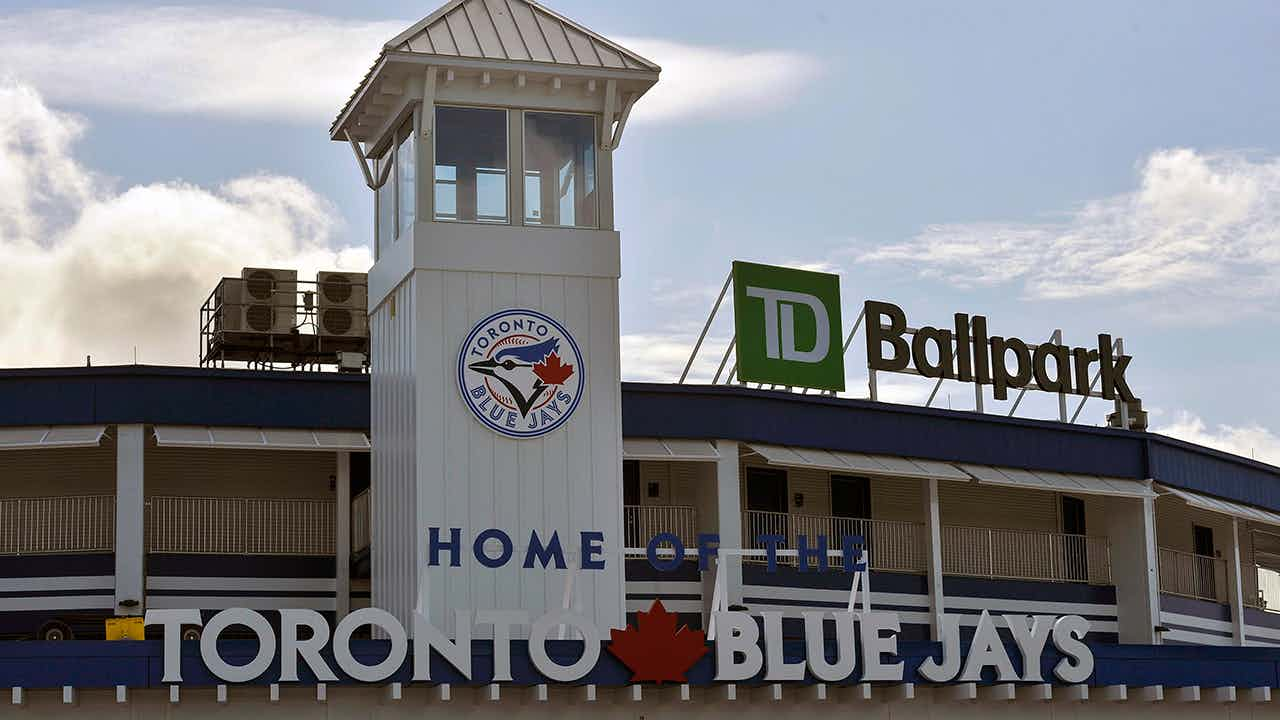Around The League: What Happened At The Trade Deadline And What Does It Mean For the Blue Jays?

By Cam Lewis
6 years agoAs predicted, the Blue Jays sold at the trade deadline. They didn’t blow it up or ready the sails for a full-on rebuild, but they sent Joe Smith and Francisco Liriano to playoff teams. With the Yankees, Red Sox, Rays, and Royals — all teams in competition for the playoff spots Toronto could theoretically have pushed for — going in on this year, it was the prudent thing to do.
American League East
New York Yankees 57-47 (0 GB) +119 run differential
One year after selling at the deadline, the Yankees have gone all in. Such is life when you’re a big market club. Wink Wink.
The Yanks acquired the best starting pitcher on the market in Sonny Gray from the Athletics, adding the already-large haul they grabbed from the White Sox last week. All told, New York added Gray, Jaime Garcia, Todd Fraizer, David Robertson, and Tommy Kahnle, giving them an absurd amount of depth for a playoff run. They also didn’t really have to mortgage the future to do it. The Yankees still have Aaron Judge, Gary Sanchez, and Luis Severino — three young players who’ve helped the team rebound this season — and they kept top prospects Gleyber Torres and Clint Frazier who’ll be helping the team sooner rather than later.
There’s another thing going on here. The Yankees have acquired International Pool money in a couple of deals, which indicates they’re going to go hard again this offseason on Shohei Otani.
Fun, fun times! The Yanks currently lead the division by half a game over the Red Sox, but this deadline stock-up likely gives them the edge in that race.
Boston Red Sox 58-49 (0.5 GB) +64 run differential
While the Yankees went HAM and filled virtually every hole imaginable on their roster, the Red Sox largely stood pat.
They were rumoured to be in on multiple big name players, but ended up only making a couple of low-key additions. They added Addison Reed from the New York Mets, helping to shore up the sometimes-inconsistent path to Craig Kimbrel, and they added Eduardo Nunez from the Giants, giving them a legitimate third baseman and some added versatility around the diamond. It wasn’t pretty, but the Red Sox filled their two biggest patches. They probably could have used a big bat in the middle of the lineup and another starting pitcher, but this roster is already strong.
The Yankees getting significantly better is cause for concern for Boston, though.
Tampa Bay Rays 54-53 (4.5 GB) +1 run differential
Lost in the shuffle of the American League East race between Boston and New York are the Tampa bay Rays, who are enjoying a surprisingly successful season. They simply don’t have the resources — the cash, really — to buy like the Yankees and Sox do, but Tampa added a significant amount of depth through under-the-radar and buy-low style acquisitions.
They showed they were buyers back in June when they acquired Adney Hechavarria from the Marlins, and they carried on in July by adding Sergio Romo, Dan Jennings, Lucas Duda, and Steve Cishek leading up to the deadline. They also stepped back and sold former No. overall pick Tim Beckham to the Orioles, recouping some prospect capital in the process and opening the shortstop position to the superior Brad Miller.
The Rays probably aren’t going to catch the Yankees or Sox at this point. They’re four-and-a-half games out, but these additions ensure they’re solidly in the race for a wild card seed down the stretch.
Baltimore Orioles (6.5 GB) -71 run differential
It was expected the Orioles, like the Blue Jays, would look to sell where possible in the midst of a disappointing season. They didn’t do that.
The O’s acquired starter Jeremy Hellickson from Philadelphia and Tim Beckham from the Rays, neither of whom came at a large cost. The interesting thing is what the Orioles didn’t do, which was sell Zach Britton, who only has one year left of control before he can hit free agency. Based on the returns of other major players, though, it seems the O’s were best off to hang on to Britton and look to sell him in the offseason.
Toronto Blue Jays (9 GB) -86 run differential
The Blue Jays did what they said they were doing to do at the deadline. They didn’t blow it up, instead they sold where they could and recouped some assets for players who weren’t going to be a part of the future. They also flexed some financial muscle, taking on Nori Aoki’s contract in order to get a superior contract for the low-value Francisco Liriano.
All in all, it was a pretty vanilla deadline for the Jays, but that was to be expected.It’s very, very unlikely the Jays compete for a playoff spot this year, bu this is a team that can still be competitive in 2018. And with fan interest at such a high level, ownership and the front office, for better or worse, clearly don’t want to go into a full-on rebuild.
The Wild Card
Boston Red Sox 58-49 (+ 1.5 GU)
Kansas City Royals 55-49 (0 GB)
—————
Tampa Bay Rays 54-53 (2.5 GB)
Seattle Mariners 54-53 (2.5 GB)
Baltimore Orioles 51-54 (4.5 GB)
Minnesota Twins 50-53 (4.5 GB)
Los Angels Angels 51-55 (5.0 GB)
Texas Rangers 50-55 (5.5 GB)
Toronto Blue Jays 49-57 (7.0 GB)
Detroit Tigers 47-57 (8.0 GB)
Oakland Athletics 47-59 (9.0 GB)
Chicago White Sox 41-62 (13.5 GB)
In regards to the wild card race, the Twins and Rangers joined the A’s, Tigers, and White Sox as sellers who have essentially given up on 2017.
Minnesota appeared to be going in when they acquired Jaime Garcia, but they quickly sold him to the Yankees after a week-long rough patch that dropped them pretty far back in the standings. The Rangers also sold, dealing impending free agents Jonathan Lucroy and Yu Darvish.
The Rays, as I already said earlier, were buyers, as were the Royals, who’ve gone on a massive tear as of late. They acquired Melky Cabrera from the White Sox and Trevor Cahill, Brandon Maurer, and Ryan Butcher from the Padres, shoring up some much-needed depth on their roster.
This makes the wild card race significantly less convoluted. Either the Yankees or Red Sox will likely — barring an unforeseen catastrophe — fill one of those roles, while the loaded-up Rays and Royals will battle for the other seed. The Mariners are still close in the race, but they did virtually nothing at the deadline to improve their chances.
What does it all mean for the Blue Jays? Not a hell of a lot! I think we all knew this team wasn’t going to push for the playoffs, so selling impending free agents was the prudent thing to do. Unfortunately, this year’s market seemed to favour the buyer as the majority of teams at the bottom of the mess in the AL wild card packed it in, ultimately lowering the value of rental players, but Toronto did OK with all things considered.
Now we sit back, enjoy the race, and start thinking about who can still be moved in August, and what the offseason and 2018 are going to look like. As the Yankees proved this year and last, you can sell in some places, keep the majority of your core together, add in free agency, and quickly rebound. The Jays aren’t the Yankees, unfortunately, but we’ve seem them flex financial muscle two years in a row now with Liriano’s addition and subtraction, so this could be the start of something.
Recent articles from Cam Lewis





